Epoxy worktops
Epoxy worktops excel in multiple fields. In laboratories, they resist chemicals and bacteria. Hospitals value their seamless, sterilizable design. Commercial spaces benefit from their aesthetics and durability. Industrial workshops rely on their wear and impact resistance, proving versatile and high-performing.
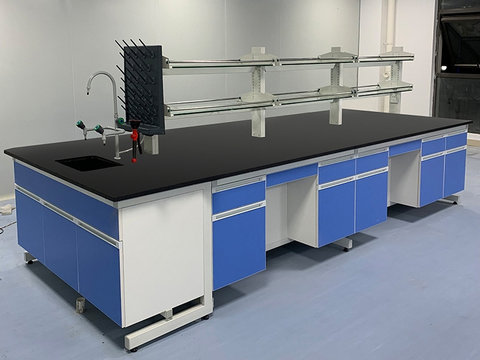
Laboratories: resistant to chemical corrosion and hygienic
In laboratories, epoxy worktops are indispensable. Corrosion from various chemical reagents is a major challenge for laboratory worktops. However, epoxy countertops have strong resistance to acids, alkalis, solvents, etc., and can withstand erosion from common laboratory substances like sulfuric acid and nitric acid. They are not easy to blister or discolor after long-term use. In addition, their smooth surface is not easy to breed bacteria, which can meet the strict requirements for cleanliness in laboratories.
Hospitals: meeting high hygiene and sterilization standards
Hospital operating rooms and diagnosis and treatment areas also widely use them. The hygiene standards here are extremely high. The seamless design of epoxy worktops reduces cleaning dead angles, and they can be thoroughly sterilized through high-temperature disinfection or chemical disinfection methods, effectively reducing the risk of cross-infection. At the same time, they can resist the long-term erosion of disinfectant, maintaining a flat and durable surface.
Commercial spaces: aesthetic and durable for frequent use
In commercial spaces such as coffee shops and bars’ operation platforms, epoxy worktops are both aesthetic and practical. They can incorporate personalized elements according to design needs to form unique visual effects, and can withstand frequent use and cleaning, remaining as good as new for a long time.
Industrial workshops: wear-resistant and impact-resistant for heavy use
Operation platforms in industrial workshops also rely on their performance. Faced with mechanical oil stains, metal debris, etc., they are wear-resistant and impact-resistant, able to withstand collisions from tools and heavy pressure, extending the service life of the operation platforms and reducing maintenance costs.
Epoxy countertops application
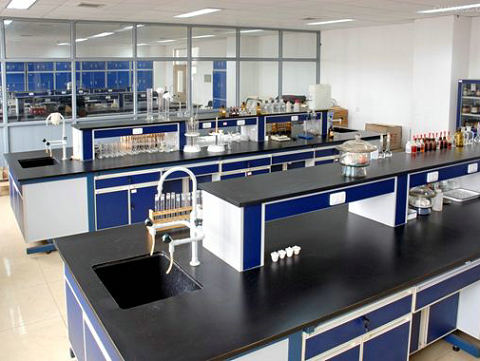
Epoxy countertops specifications
| Feature | Strong chemical resistant and scratch resistance |
| Material | Epoxy Resin |
| Color | Black , Grey ,white |
| Surface finish | Honed |
| Cretificate | SEFA3-2010 |
| Size | Custom |
| Application | University laboratories |
| Cost | M |
| Mini ordere | 30 |
Strong chemical resistance of epoxy countertops
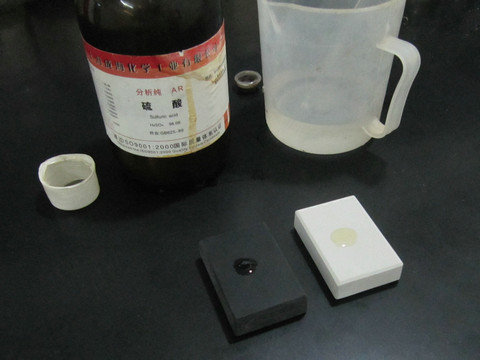
Heat resistance

SGS certificate
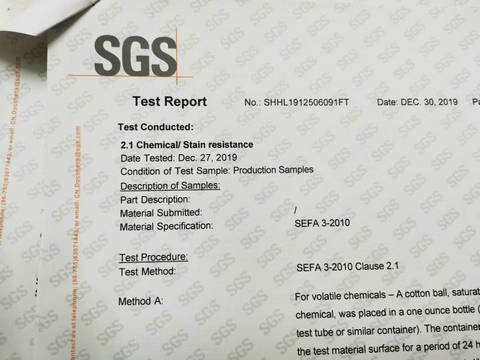
Worktops shipping
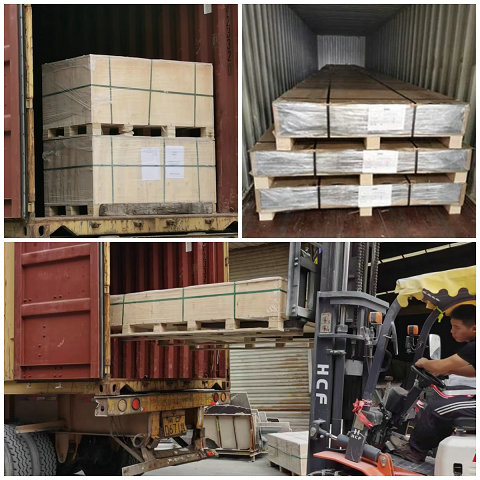
A professional worktops supplier

Looking for more
Your tuble for phenolic resin countertops
Laboratory epoxy countertops
Fume hood countertops
Epoxy countertops pros and cons
Chemical resistant countertops